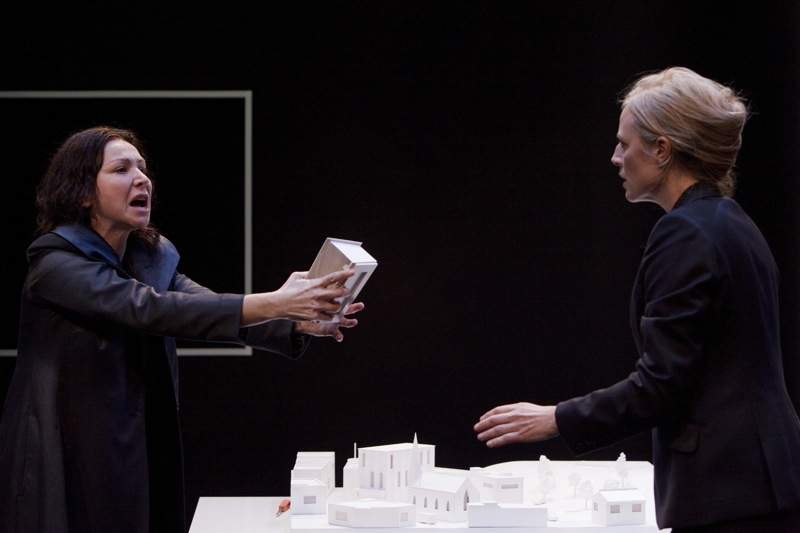Like A Fishbone
This play digs deep into a contradiction inherent in ideas about diversity, and while it doesn't attempt to reinvent the wheel, its understated execution leads to more insights on its subject than you may initially expect. Prepare to be surprised.
Overview
If we've learnt anything from theatre, it's that the corporate world and spirituality don't mix. Like A Fishbone proves once and for all that architecture and religion are like oil and water.
An unexpected and unknown woman shelters from the rain inside an inner city office. She is strange, unsophisticated and seems completely out of place. As the office's permanent occupant an architect begins to question her, it is gradually revealed that this woman knows exactly why she's there. She has questions to ask about the design of a memorial for her community, and things to tell about the tragedy that prompted its design.
In the attempted mix between elements, this play digs deep into a contradiction inherent in ideas about diversity. A person's most deeply held beliefs, their most fundamental reasoning and their purest emotions, are more than just abstract thought. These beliefs direct their lives and their being, and cannot be separated from the way in which they view the world. Tolerance then, is just thinly disguised rejection and the path to harmony earthly or otherwise is more convoluted than we once thought.
While this play doesn't attempt to reinvent the wheel, its understated execution leads to more insights on its subject than you may initially expect. Prepare to be surprised.





